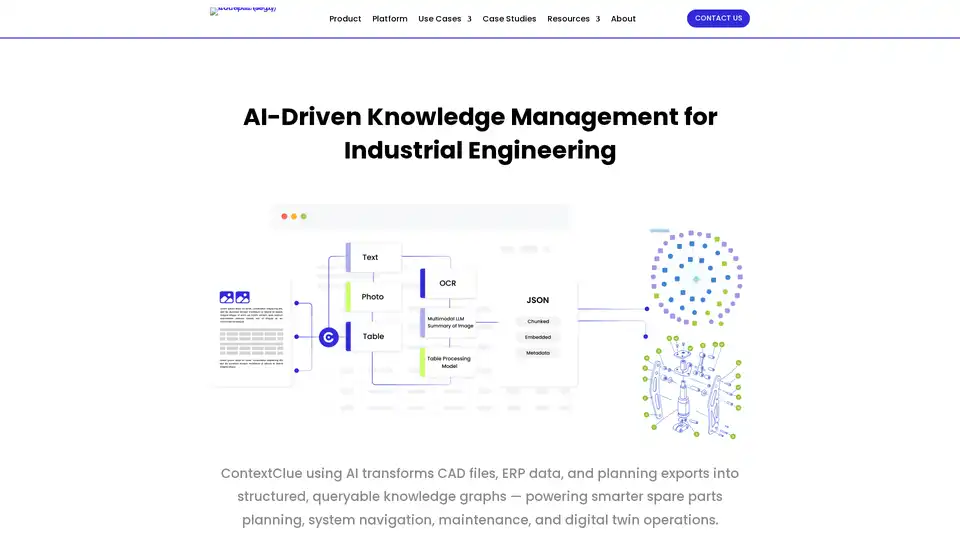
ContextClue
Overview of ContextClue
What is ContextClue?
ContextClue is an AI-driven knowledge management platform designed specifically for engineering teams in manufacturing, R&D, and maintenance. Developed by Addepto, a leading AI company, it transforms unstructured data from CAD files, ERP systems, PDFs, Excel sheets, and planning exports into structured, queryable knowledge graphs. This enables smarter decision-making in areas like spare parts planning, system navigation, maintenance, and digital twin operations. By breaking down data silos, ContextClue helps teams save hours of manual searching and rebuilding, turning complex engineering knowledge into actionable insights.
Unlike traditional search tools that rely on keyword matching, ContextClue leverages artificial intelligence to understand semantic relationships, spatial contexts, and technical metadata. This makes it ideal for industrial environments where documentation is often outdated, siloed, or overwhelming. Whether you're dealing with thousands of files or integrating data across PLM, CAD, and ERP systems, ContextClue provides a unified foundation for knowledge extraction and utilization.
How Does ContextClue Work?
ContextClue operates through a modular architecture with three core engines: Ingest & Normalize, Retrieve & Search, and Generate & Visualize. This composable design allows for flexible deployment, either as an all-in-one product for comprehensive workflows or modular components to address specific bottlenecks.
Ingest & Normalize Module
The Ingest Module is the entry point for capturing and structuring engineering data. It automatically extracts information from diverse sources, including CAD files, PDFs, Excel spreadsheets, and ERP/planning exports. Key capabilities include:
- Intelligent Classification: Recognizing part names, system components, spatial relationships, and technical metadata.
- Data Mapping and Linking: Connecting related elements like spare parts, drawings, and planning files across formats.
- AI-Ready Foundation: Normalizing data into a unified knowledge graph that supports downstream AI applications.
This module eliminates manual data entry errors and ensures consistency, enabling seamless integration with tools like digital twins or analytics platforms. For instance, it can link a component in a CAD model to its ERP inventory record, providing a complete context for engineers.
Retrieve & Search Module
Once data is ingested, the Retrieve Module powers intuitive knowledge exploration tailored to how engineers think. It supports multiple query types:
- Semantic Search: Query by part, behavior, location, or function using natural language.
- Visual Navigation: Explore via graph views, system trees, or chat-based interfaces.
- Hybrid Queries: Combine metadata, structural elements, and traditional keywords.
Engineers can quickly locate specifications, trace system structures, or find related documents across PLM, CAD, ERP, and file systems. What used to take hours of digging through siloed repositories now happens in seconds, reducing frustration and boosting productivity. The module's AI understands context, so a query like "parts near the main pump in sector 3" yields precise results, including linked drawings and maintenance history.
Generate & Visualize Module
The Generate Module takes structured knowledge and outputs it in usable formats for humans and machines alike. It automates the creation of:
- Reports and Documents: SOPs, compliance reports, and PDFs tailored for audits or training.
- Digital Twin Data: JSON graphs, coordinate maps, and models for 3D visualization in tools like Omniverse.
- Structured Outputs: Part-location graphs or versioned histories for planning and maintenance.
This is particularly valuable for turning raw data into decision-ready assets, such as visualizing plant structures or generating predictive maintenance insights. The module ensures outputs match your ecosystem's needs, from human-readable docs to API-compatible feeds.
Overall, ContextClue's workflow is production-tested, drawing from real-world deployments. Its open-source components, like the ContextClue Graph Builder for knowledge extraction and ContextCheck for LLM/RAG testing, allow developers to extend or integrate it into CI pipelines.
Key Use Cases for ContextClue
ContextClue shines in complex engineering scenarios where knowledge silos hinder efficiency. Here are some primary applications:
Digital Twin Navigation: Link CAD documents and objects to 3D models, enabling immersive exploration of systems in tools like Omniverse. Engineers can interact with virtual representations while accessing real-time specs and histories.
System Intelligence for Planners: Dive into plant structures, track versioned changes, and connect documents for better planning. This helps avoid duplicate components in mechanical or electrical designs.
Maintenance Support: Trace equipment failures quickly by pulling linked documents, usage data, and spatial info from a single view. It addresses outdated documentation by providing up-to-date, searchable insights.
Spare Parts Planning: Map installed part usage across the plant, reducing waste from duplicates or missing context between design and operations.
Predictive Maintenance and Efficiency: As highlighted in Addepto's blog, generative AI in ContextClue revolutionizes manufacturing by forecasting issues from knowledge graphs, integrating with SOPs for streamlined procedures.
These use cases are purpose-built for manufacturing, R&D, and maintenance teams, where visibility into data is critical for innovation and uptime.
Why Choose ContextClue?
In an era of exploding technical data, ContextClue stands out for its engineering-focused AI. It solves real pain points like wasted search time, missing context, and poor documentation sharing—issues that plague 80% of engineering teams according to industry reports. Benefits include:
- Time Savings: Semantic search cuts retrieval from hours to seconds.
- Accuracy Boost: Knowledge graphs prevent errors from outdated or siloed info.
- Scalability: Modular design fits small pilots or enterprise rollouts.
- Integration Ease: Works with existing PLM, CAD, ERP, and digital twin tools without disruption.
- Open-Source Synergy: Free frameworks like Graph Builder empower custom AI assistants or analytics.
Trusted by global firms, ContextClue delivers measurable ROI through faster workflows and reduced downtime. Its YAML-configurable testing via ContextCheck ensures reliability in LLM and RAG setups, making it a robust choice for AI-driven engineering.
Who is ContextClue For?
This platform targets engineering professionals in industrial sectors:
- Manufacturing Teams: Planners and designers dealing with CAD/ERP integration.
- R&D Engineers: Those building prototypes or simulating systems with digital twins.
- Maintenance Crews: Field technicians needing quick access to specs and histories.
- IT/DevOps in Engineering: Developers extending knowledge graphs via open-source tools.
If your team struggles with data overload or cross-system visibility, ContextClue is the intelligent solution to empower collaboration and innovation. Small to large organizations benefit, especially those validating AI value before full commitment.
How to Get Started with ContextClue
Deployment is straightforward: Choose the all-in-one product for end-to-end management or modular platform for targeted enhancements. Contact Addepto for a live demo, explore GitHub for open-source projects, or dive into resources like blog articles on SOPs and predictive maintenance. Pricing details are available upon inquiry, with flexible options for scaling.
In summary, ContextClue redefines engineering knowledge management with AI precision, helping teams build, fix, and innovate without the guesswork. Discover how it can transform your workflows today.
Best Alternative Tools to "ContextClue"
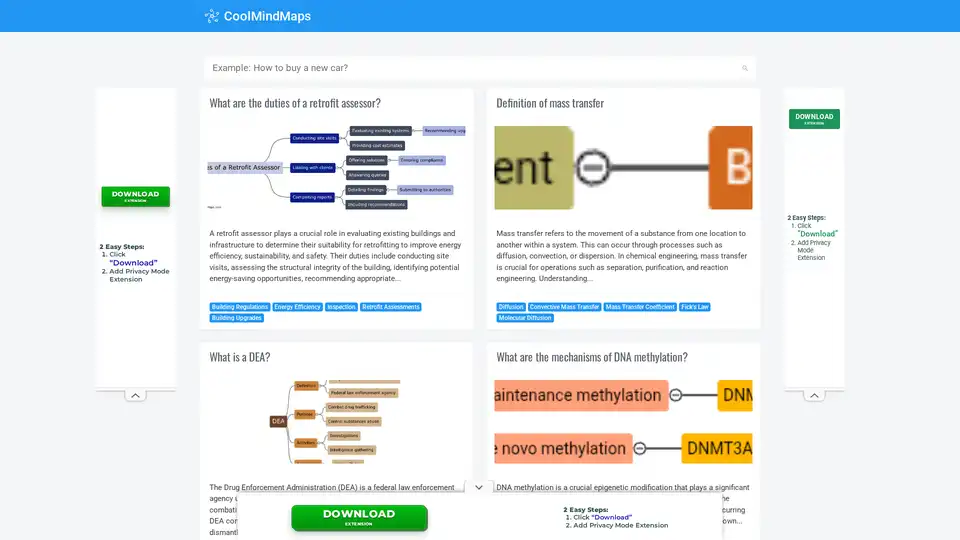
CoolMindMaps is an AI-driven platform simplifying knowledge organization and mind mapping. It enhances information retrieval and connections, ideal for professionals and researchers.
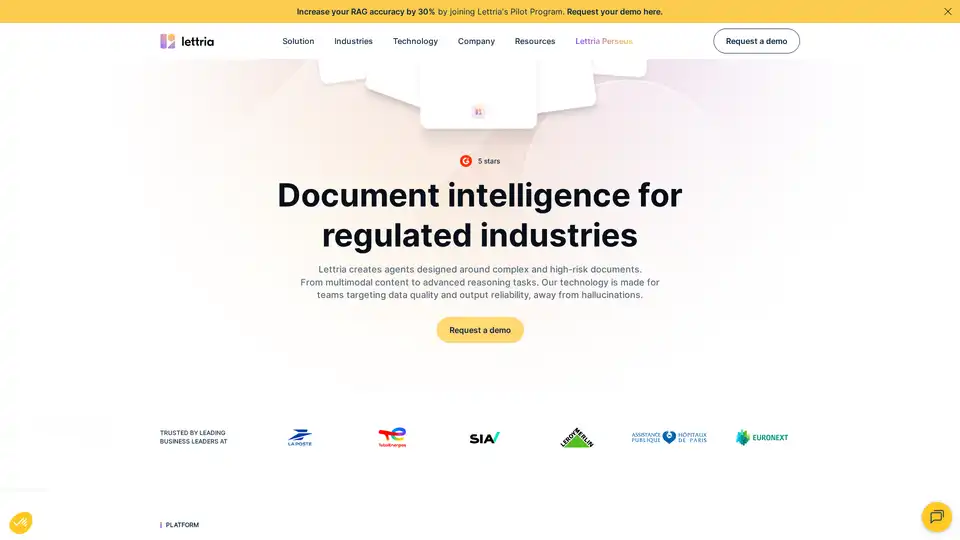
Lettria is an AI platform that transforms unstructured data into structured knowledge using GraphRAG, enhancing decision-making in regulated industries like finance, healthcare, and legal.
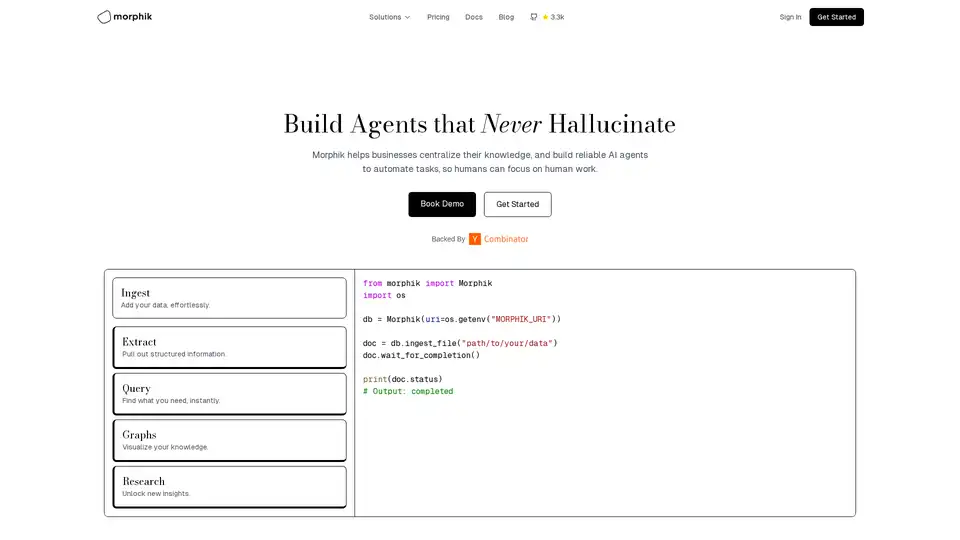
Morphik centralizes knowledge, builds reliable AI agents to automate tasks. State-of-the-art RAG for document analysis & semantic search. Try Morphik for free!
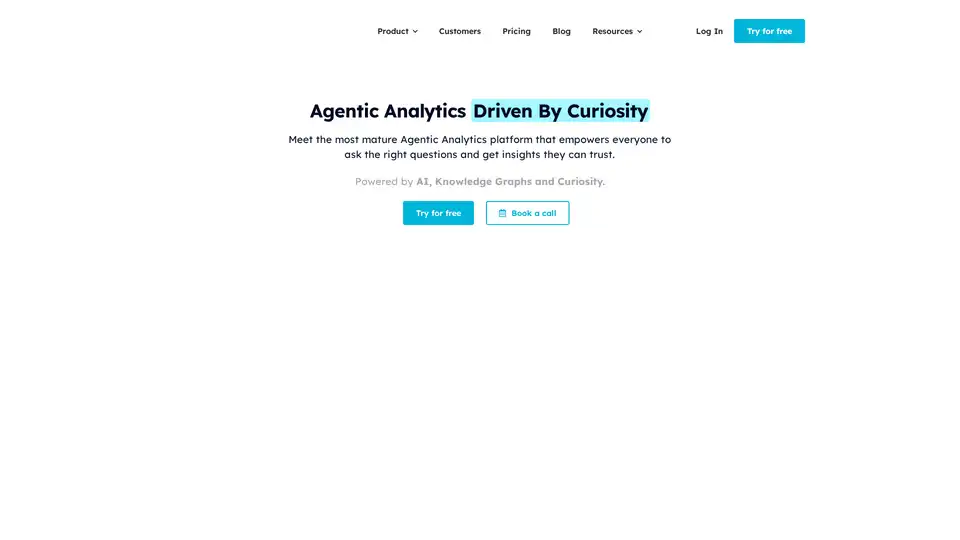
Veezoo is an AI-powered agentic analytics platform that enables businesses to make data-driven decisions by asking questions in plain English. Democratize data and empower curiosity inside your company.
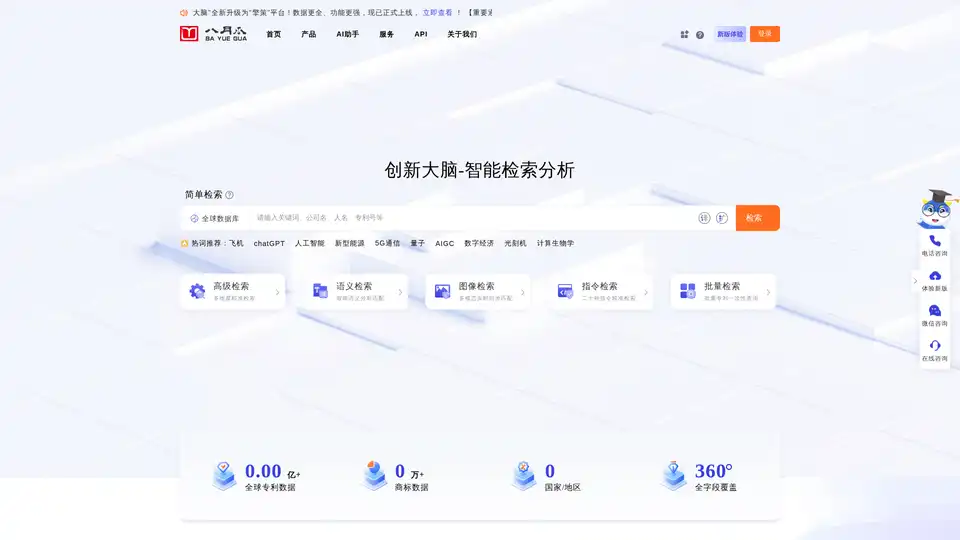
The Innovation Brain global patent search and analysis platform provides comprehensive patent search, analysis, evaluation, and transaction services, covering 178 countries/regions. It offers AI-powered semantic retrieval, multimodal image search, and novelty analysis to support innovation and intellectual property management.
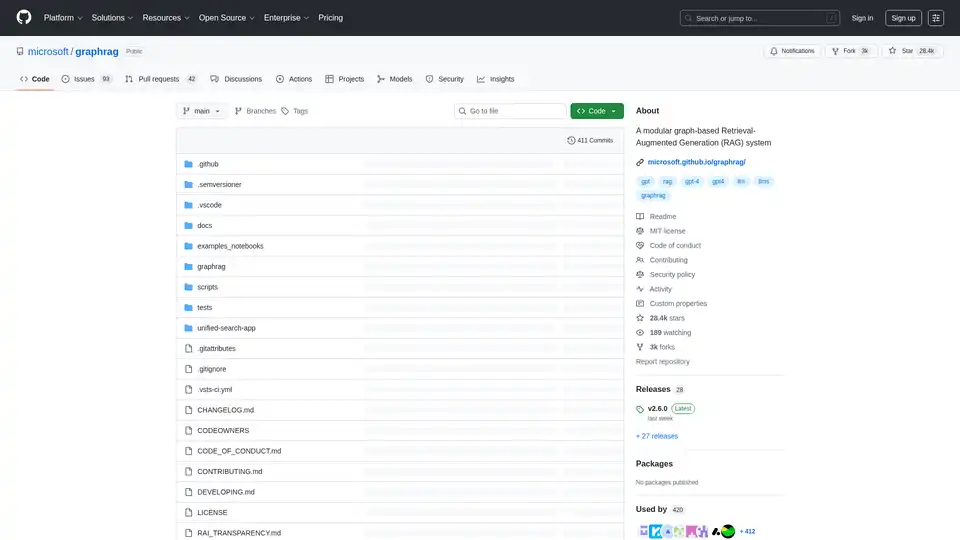
GraphRAG is an open-source, modular graph-based Retrieval-Augmented Generation system designed to extract structured data from unstructured text using LLMs. Enhance your LLM's reasoning with GraphRAG.
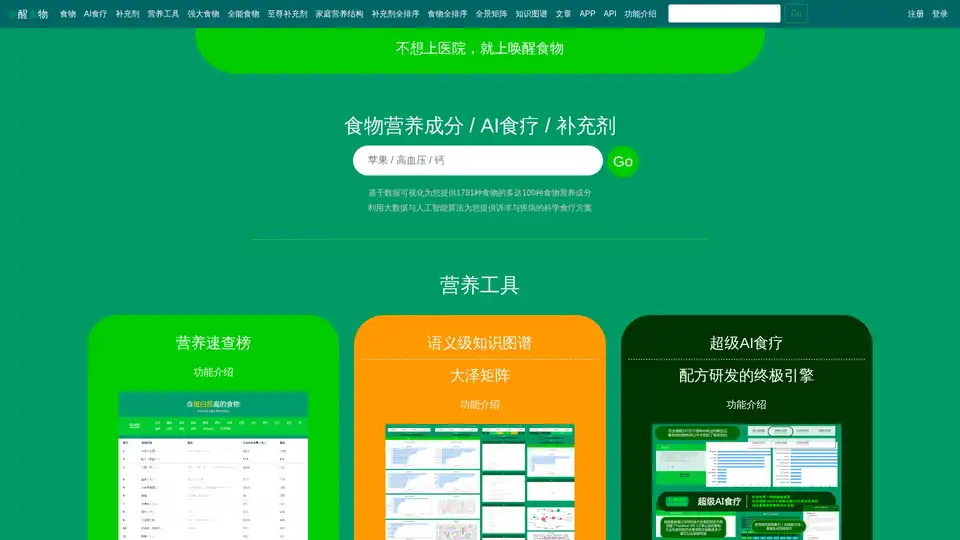
Wake Up Food uses AI and data visualization to deliver comprehensive food nutrition breakdowns and science-based dietary therapy plans for better health management.
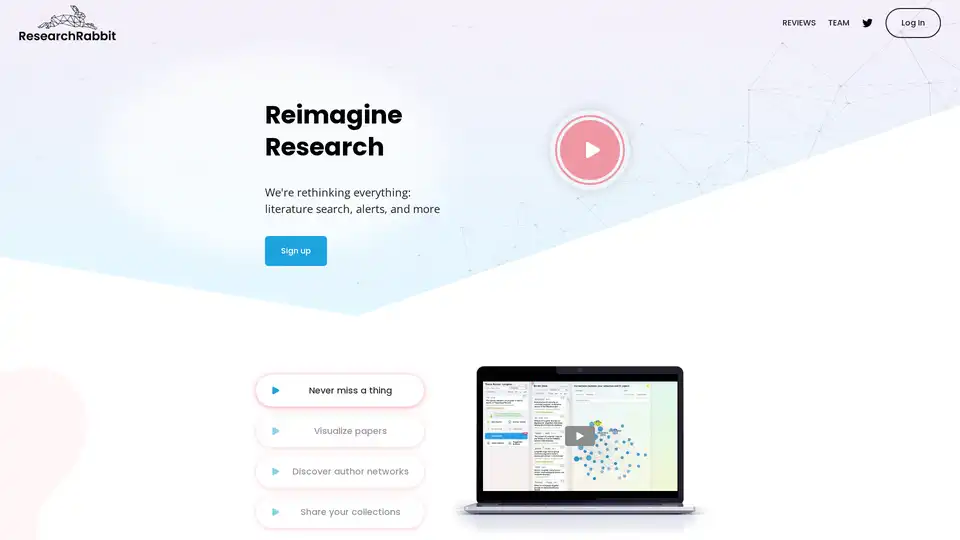
Save hours on your literature review. Use ResearchRabbit to find related papers, build citation maps, and track research trends — powered by AI.
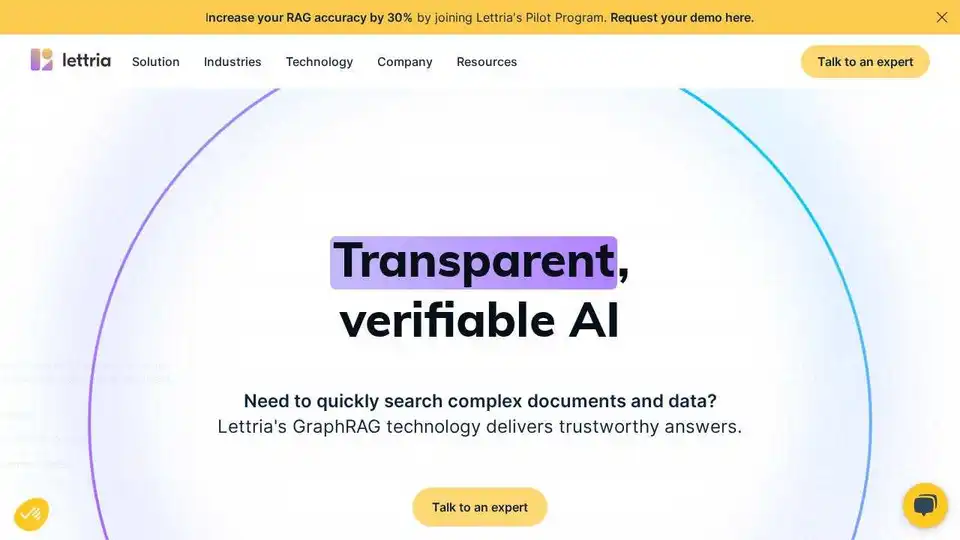
Lettria is an AI platform transforming unstructured data into structured knowledge for smarter decision-making. Boost RAG accuracy with Lettria's graph-based AI.
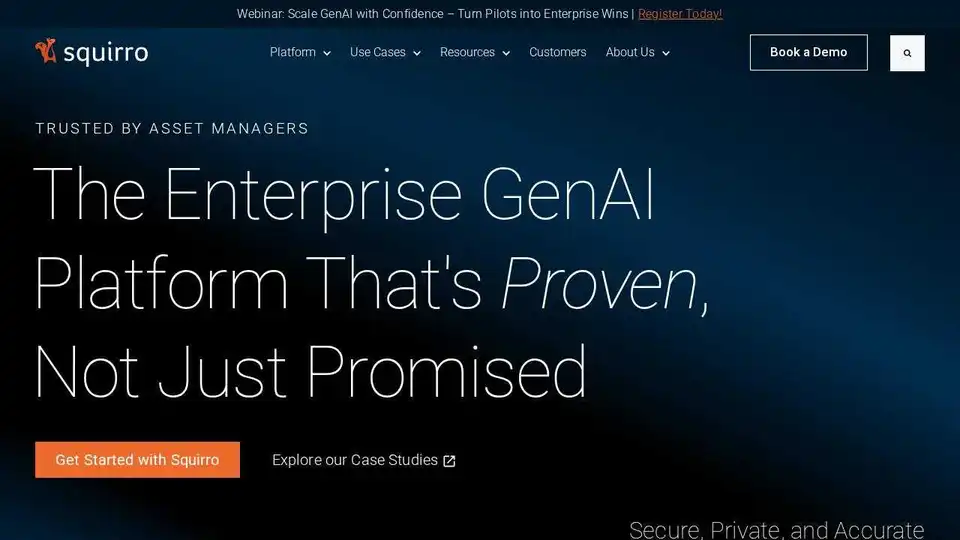
Squirro is an enterprise GenAI platform providing secure, private, and accurate AI-driven intelligence at scale. Boost productivity, cut costs, and enhance decision-making.
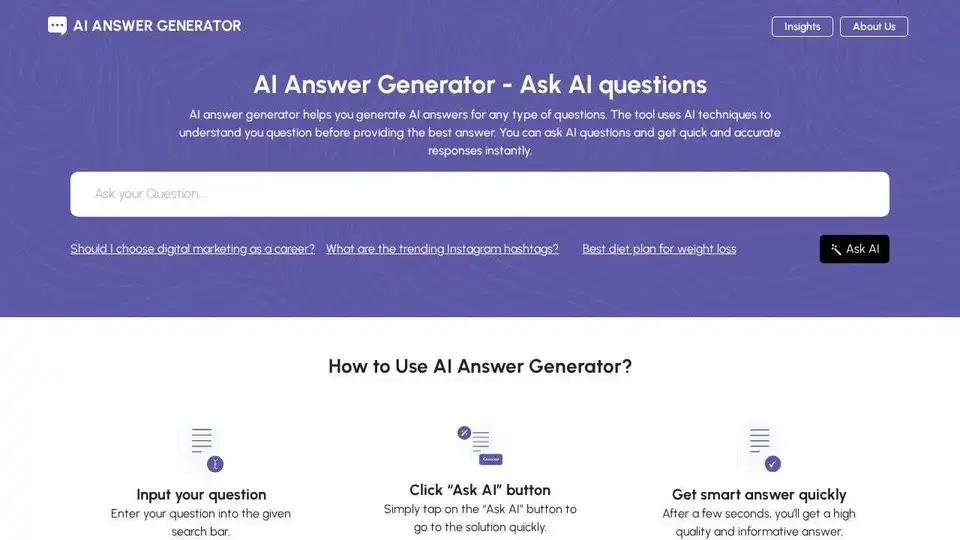
AI Answer Generator helps you generate instant AI answers for any question. Get quick and accurate responses with this free online AI question answering tool.
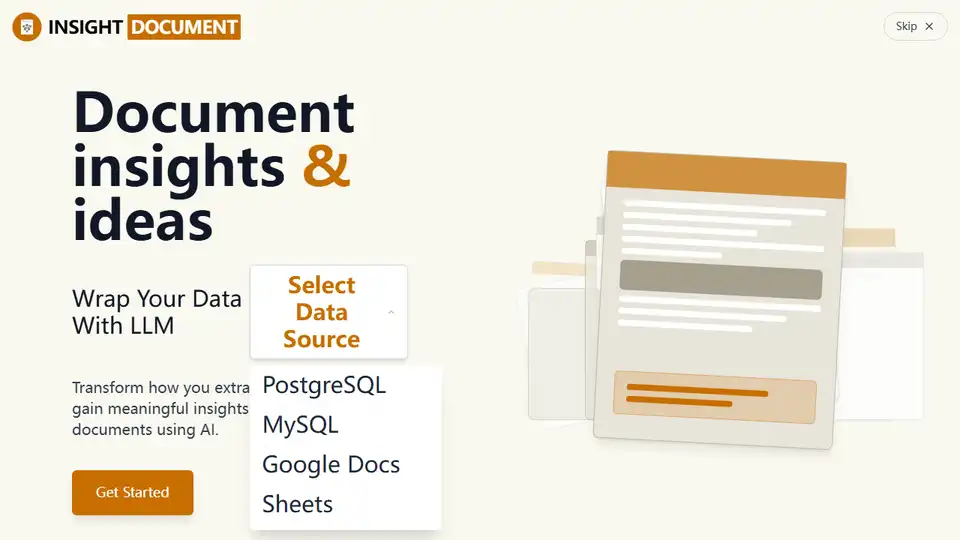
INSIGHT DOCUMENT is an AI-powered platform for document analysis and report generation. Extract knowledge, analyze content, and gain meaningful insights from your documents with advanced AI.
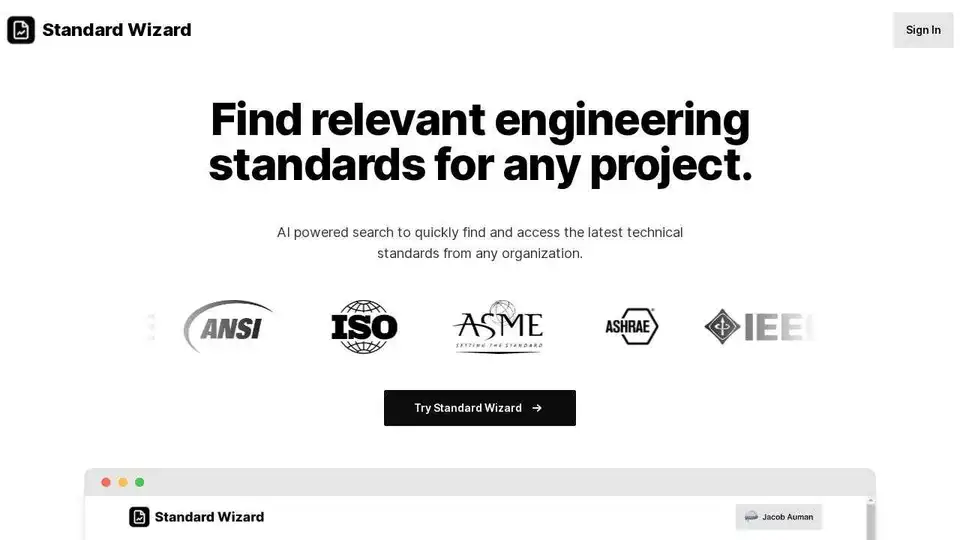
Standard Wizard is an AI-powered tool for engineers to quickly find and access the latest technical standards relevant to any project. Use AI semantic search to research standards and codes.
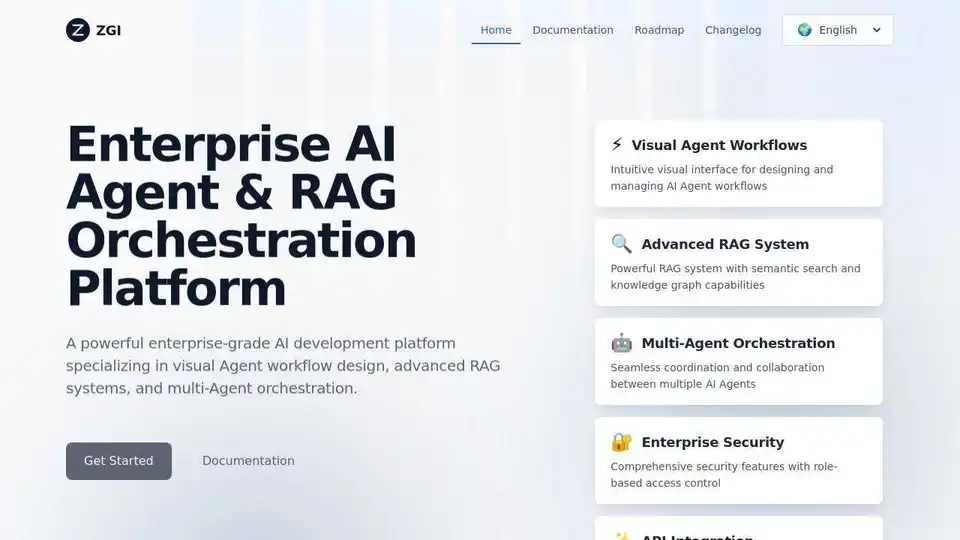
ZGI is an enterprise-grade AI platform for visual agent workflow design, advanced RAG systems, and multi-agent orchestration.
